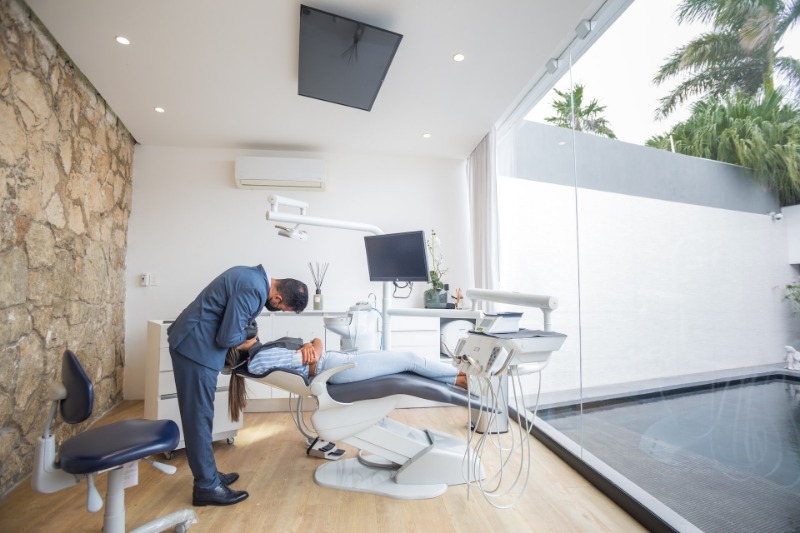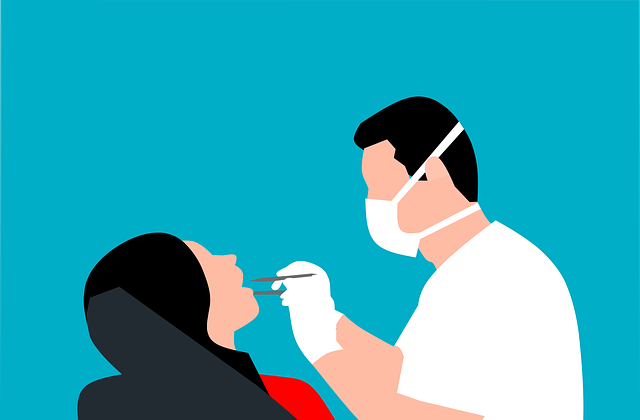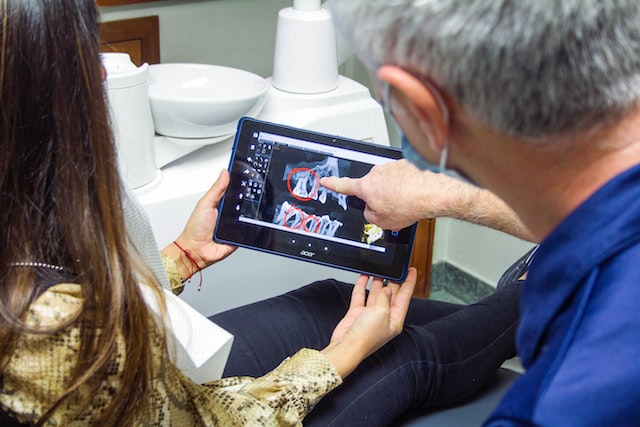
Root canal Glendale treatment is the only way to preserve and restore a severely damaged or infected tooth. Actually, about half of the patients need root canal treatment of one or several teeth. You will learn what is a root canal, why, and how a root canal procedure is performed. If you are in pain now and need dental assistance please call 1-818-578-2324 or contact the best-rated Glendale dentist to schedule a visit today.
What Is the Root Canal?
The tooth consists of the tooth crown and roots. The crown of the tooth is the white part that is located above the gum. The root is in the thickness of the jawbone. Through the whole length of the tooth, from the crown to the top of the root there is a cavity and in it narrow channels containing the nerve. The nerve consists of blood vessels, nerves, and connective tissue. The nerves are located in the root canal. Those nerves get damaged and cause pain and discomfort to the patients.
Causes of Tooth Pulp Damage or Disease
- trauma that damages a tooth,
- long-standing cracks in the teeth,
- untreated dental decay,
- gum disease.
Symptoms of the Root Canal Therapy:
Sometimes, the best solution to the problem of toothache is to treat the canal. You need root canal treatment when one of those cases happens:
- a continuous toothache,
- sensitivity feeling to the hot and cold drinks and food items,
- darkening or discoloration of the tooth,
- thickened, reddened, or swollen gums in the area of the damaged tooth,
- night aching pain.
Why Do You Need to Treat Root Canals?

Caries reach the cavity of the tooth, then microorganisms. Bacteria and their toxins cause inflammation of the tooth (pulpitis). In this case, the patient may be bothered by aching pains from temperature irritants or spontaneous pains that arise without any external causes.
If the stimulus is not treated in time, then the infection located in the root canals passes into the circumcircle tissues and causes inflammation in them.
In this case, the bone at the base of the tooth is damaged. The process can be accompanied by pains that increase when biting on the tooth, the appearance of edema, and increased body temperature.
Sometimes, patients notice a change in the color of the crown or the periodic appearance of a fistula. Without timely treatment, such a tooth will most likely have to be removed.
The Root Canal Treatment Goals:
Cleaning the root canals is done in order to eliminate the bacteria accumulating in them.
There are three goals to achieve:
- Removal of harmful bacteria accumulated in the root chambers;
- Elimination of nerve and other tissues which create a favorable environment for the multiplication of bacteria;
- Filling of voids, due to which microorganisms lose their living space.
Root Canal Treatment Stages
The first task of the dentist is to preserve the patient’s own teeth whenever possible. If you need to treat the root canal of the tooth, consult Dr. Sahakyan the best dentist in Glendale. During this treatment, a number of procedures are performed.
Root canal treatment consists of the following stages:

- X-rays;
- anesthesia of the tooth with a stable anesthetic;
- providing access to the root canal;
- cleaning of root canals;
- sealing of root canals;
- in the most severe cases the establishment of a crown.
At first, the best Glendale dentist takes X-rays or examines existing X-rays to show where the decay is located. Quite often the teeth have not one but several roots. To ensure that the result of the treatment has satisfied both the physician and the patient, it is necessary to detect all the channels. During the treatment, the patient will need to take multiple X-ray pictures of the teeth: first, to make a diagnosis, then to make sure the treatment is effective. If the doctor does not notice changes in the bones behind the tips of the roots, then the treatment will occur as follows.
The doctor performs anesthesia, opens the entrance to the pulp chamber with a diamond boron, then looks for the entrances to the canals. After that, with the help of a special tool, the dentist expands the channels to the full length.
During the procedure, dentist Glendale can use a special latex tissue to completely isolate the tooth from the rest of the oral cavity. After measuring the length of the canal, the doctor carefully cleanses the channels from the infection so that the subsequent sealing is successful.
Then, the channels are dried with paper pins. The doctor makes an X-ray with the pins inserted into the tooth to determine the length of the channels. Gutta-percha pin is biologically compatible with an organism and does not cause allergic and toxic reactions. That is why most often it is used to form a root canal. Due to their high strength, and elasticity, they densely fill even the curved root canals. The gutta-percha pin is clearly visible on the X-ray, so the quality of the treatment is easily controlled with the help of targeted X-ray images.
After filling the canal, a temporary filling is usually placed. The restoration of the crown part of the tooth is carried out during the following visit.
During the treatment it is necessary to make at least 3 sighting X-rays: the first – before the treatment, the second – to assess the degree of patency and length of the channels, and the third – after the root canal treatment, to assess the quality of the canal filling.
Sensitivity of Teeth after Treatment of Canals
After the treatment of the canals, the tooth may become sensitive. Especially if you had pain before the treatment. In this case, there is nothing terrible – the body simply reacts to the presence of a foreign object in it. With little time your body will become accustomed to the foreign object.
It is only necessary to carry out high-quality hygiene of the tooth, temporarily not load it and follow the doctor’s instructions. The treatment of canals saves your native, natural teeth. It increases their service life. Call 1-818-578-2324 or contact the best dentist in Glendale, Dr. Sahakyan for a complimentary consultation today.
